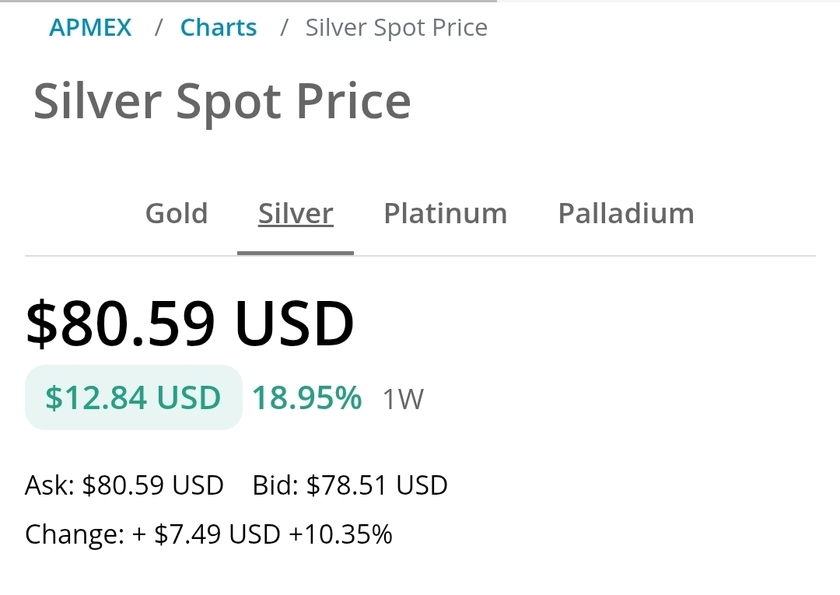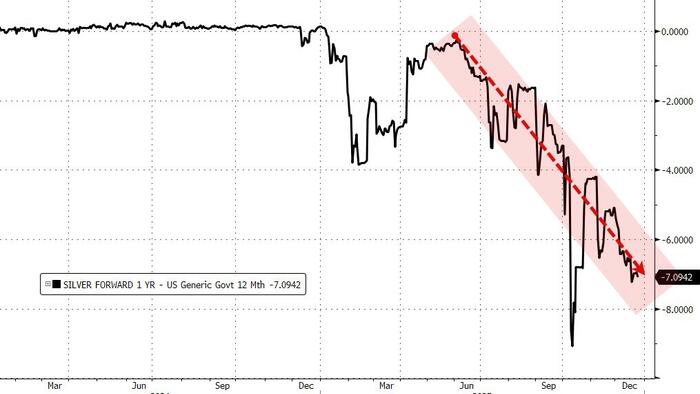Today the Bank for International Settlement (BIS) pre-released a chapter of its upcoming Annual Economic Report 2023 that focuses on tokenization. In February, BIS leader Agustin Carstens outlined the Unified Ledger concept to support central bank digital currency (CBDC), bank tokenized deposits and digital assets in the same network.
Today’s paper elaborates on the architecture.
While borrowing numerous concepts from the crypto world, the chapter is nonetheless dismissive: “Crypto and decentralised finance (DeFi) have offered a glimpse of tokenisation’s promise, but crypto is a flawed system that cannot take on the mantle of the future of money.”
Instead it points to new silos created by numerous banks and others that have launched permissioned tokenization projects. Not only do they need to interoperate, but they also ideally want to use a wholesale CBDC for settlement. The Unified Ledger aims to address both of these.
“Bringing together central bank money, commercial money, and different assets on the same platform, all tokenised and interacting, opens up a whole new range of possibilities,” said Hyun Song Shin, BIS Head of Research. “This would be a game-changer in how we think about money and how transactions take place.”
In a media briefing, Shin compared the benefits of tokenization to the gains from moving from paper to electronic record keeping.
The BIS recognizes that the current payment methods that separate messaging from clearing and settlement are inefficient, creating the need for reconciliations. Tokenization enables atomic settlement, in which both the asset and payment happen simultaneously. Additionally it acknowledges that tokenization and a unified ledger “opens the way for entirely new types of economic arrangement that are impossible today due to incentive and informational frictions.”
One misconception worth mentioning is a common misunderstanding about deposit tokens. As a consumer or business you won’t be able to hold deposit tokens unless you have a relationship with the bank. If you a receive a payment with a token other than your bank’s token, your bank will quietly switch it for their own deposit tokens. That requires the banks to pay each other and the BIS hopes that payment will use a wholesale CBDC.
Tokenization and smart contracts. Blockchain not so much
The paper consistently references using API’s to interlink networks and ledgers to create a network of networks. Using APIs is an approach seen as a poor fallback in the blockchain world. But the paper does not mention blockchain or DLT other than in a glossary.
Not even once.
There are more than a hundred mentions of tokenization. And smart contracts are referred to a handful of times. It is entirely possible to use smart contracts with conventional databases. Digital Asset’s DAML works with a couple of them.
Stepping back, if central banks are involved, these are trusted regulated networks and a unified ledger is considered a new kind of financial market infrastructure. Hence centralization is entirely conceivable. However, there’s still the issue of a lack of trust between the commercial participants, and DLT helps there.
Is this what big brother looks like?
When first hearing the concept, it’s understandable to have some reservations, and the paper addresses many of them.
The first one is the idea of one gigantic network. Instead the BIS envisions regional networks or even application specific networks such as for securities settlement.
When we first heard of Citi’s similar idea for the Regulated Liability Network, we noted that with a single network, instead of code or network failure knocking out one participant, they would all go down. The BIS suggests increased investment in cyber resilience, implying that the public purse might also contribute.
Privacy is naturally a critical concern. The paper refers to another BIS Project (Aurora) exploring privacy-enhancing technologies for compliance. In other words, there’s a recognition of a need for privacy, although the emphasis is more around commercial privacy between banks.
Another issue is timing. Stablecoins continue to grow. Very few bank deposit token projects have launched to date. We’re only aware of Partior for interbank tokens. Some banks in Europe are waiting for a CBDC infrastructure, currently on the cards for around 2027. Responding to Ledger Insights, Mr Shin believes the Unified Ledger can happen sooner than that, pointing to the progress of the Regulated Liability Network trials in New York.
The umbrella project?
Another issue is the proliferation of similar concepts. There are multiple wholesale central bank CBDC projects in which the BIS is involved. Will those be brought into the Unified Ledger?
Additionally, there’s the Regulated Liability Network. And this week, the IMF is also promoting its XC platform concept for cross border payments, to name just a few.




























